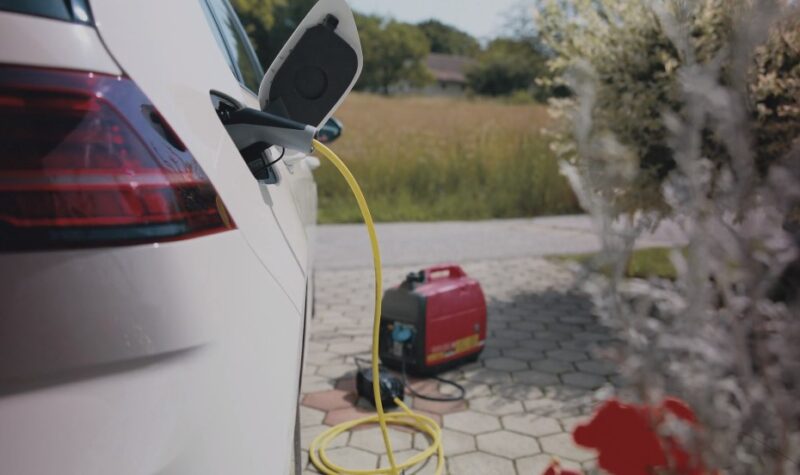Electric cars are gaining popularity at an unprecedented rate, thanks to their promise of being environmentally friendly, cost-effective in the long run, and equipped with the latest technology. I’ve always been a big fan of these cars.
They’re cool, they’re clean, and they’re the way of the future. But recently, I’ve learned that they’re not perfect. In fact, there are some pretty significant downsides to them. Today we’ll shed light on some of the challenges and potential issues that come with owning an electric car.
Here are 10 drawbacks of these vehicles:
1. Limited Driving Range
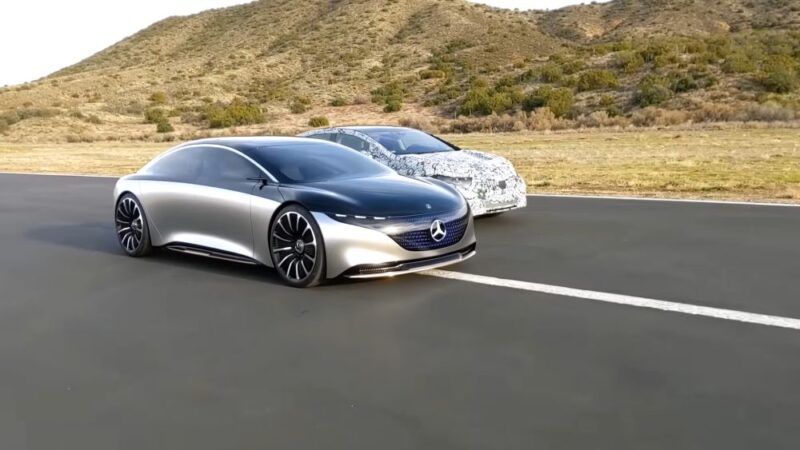
One of the most common concerns about electric vehicles (EVs) is their limited driving range. Most of them can travel between 150 to 370 miles on a single charge, depending on the model. While this is sufficient for daily commuting, it can pose a challenge for long-distance travel.
The fear of running out of charge with no charging station in sight, often referred to as “range anxiety,” is a real concern for many potential EV owners. Moreover, the actual range of an electric car can be significantly affected by various factors such as driving conditions, weather, speed, and use of in-car amenities like air conditioning and heating.
For instance, driving at high speeds or in cold weather can drain the battery faster, reducing the vehicle’s range. This variability adds another layer of complexity to the issue of limited driving range. Despite advancements in battery technology, the limited range remains a significant barrier to widespread adoption of these vehicles.
It requires potential owners to carefully consider their driving habits and needs. For those frequently embarking on long-distance journeys, an electric car may not be the most suitable choice, at least not until there are significant improvements in battery technology and charging infrastructure.
2. Charging Infrastructure
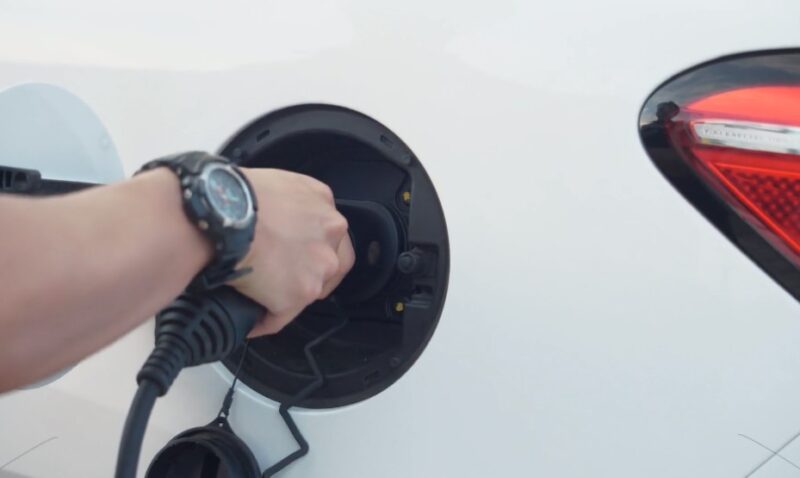
The charging infrastructure for these cars is still in its nascent stages in many parts of the world. While there has been significant growth in the number of public charging stations in recent years, the availability is still far from matching the convenience offered by the ubiquitous gasoline stations.
In urban areas, where the adoption of these vehicles is the highest, the availability of charging stations is often not a problem. However, in rural areas and along certain highways, charging stations can be few and far between.
This uneven distribution of charging infrastructure can make owning an electric car less practical for people living in remote areas or those who frequently travel off the beaten path. Moreover, even in areas with a decent number of charging stations, there can be issues with the availability of charging ports, especially during peak times.
As the number of these cars on the road increases, the demand for charging ports is likely to outstrip supply, leading to longer wait times and potential inconvenience for EV owners.
What about Availability of Charging Ports?
In densely populated areas and popular charging locations, finding an available charging port can be a challenge, especially during peak times. This can lead to “charge rage,” where drivers compete for limited charging spots.
While the number of charging stations is increasing, the growth may not be able to keep up with the demand, especially in urban areas. Moreover, the availability of charging ports at residential locations can be a challenge, especially for people living in apartments or condos without dedicated parking spaces.
Some cities are implementing regulations requiring new buildings to include charging infrastructure, but these measures may not be enough to meet the growing demand.
3. Longer Refueling Time
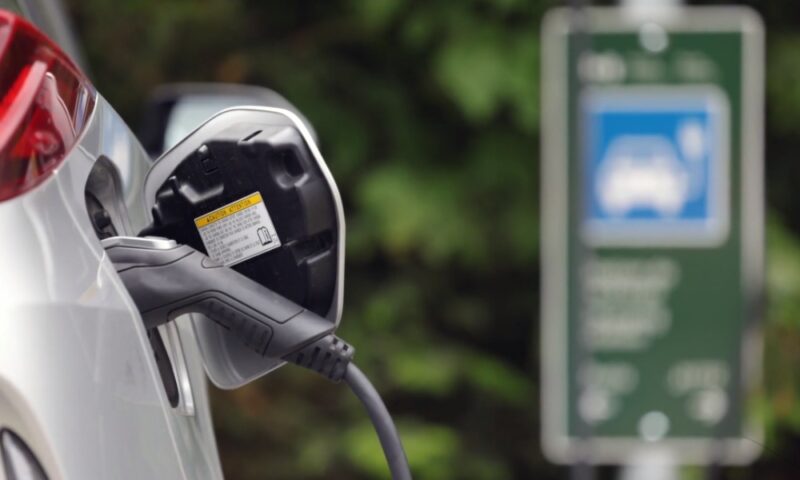
One of the most significant differences between electric cars and their gasoline-powered counterparts is the time it takes to refuel. Filling up a gasoline car takes just a few minutes, while charging an electric car can take anywhere from 20 minutes to 12 hours, depending on the type of charger used and the car’s battery capacity.
Fast-charging stations, which can charge an electric car’s battery to 80% in about 30 minutes, offer a partial solution to this problem. However, these high-speed chargers are still not as widely available as standard chargers, and using them too often can degrade the car’s battery over time.
The longer refueling time means that drivers need to plan their charging times carefully, especially for long trips. While it’s possible to charge the car at home overnight, this requires having a home charging setup, which may not be feasible for everyone, particularly those living in apartments or condos without dedicated parking spaces.
4. Higher Upfront Cost
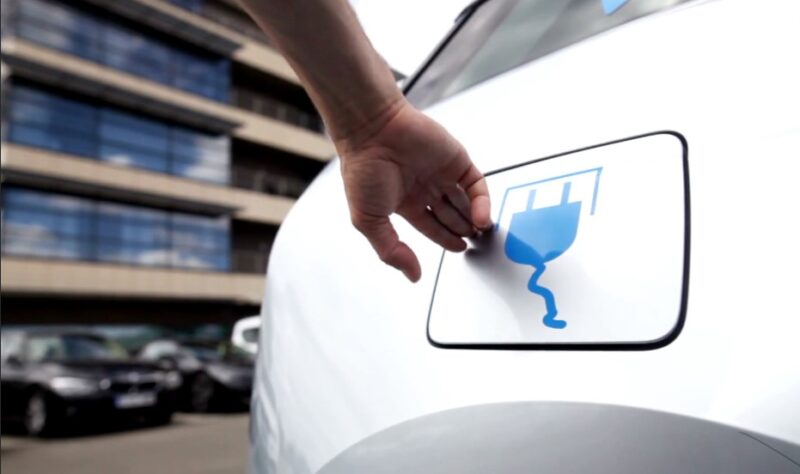
Electric cars are typically more expensive to purchase than comparable gasoline-powered cars. The high upfront cost is primarily due to the cost of the batteries, which are the most expensive component of an electric vehicle.
While the cost of batteries has been decreasing over the years, it still represents a significant portion of the total vehicle cost. However, it’s important to note that the total cost of ownership of an electric car, which includes the purchase price, fuel costs, maintenance costs, and potential resale value, can be lower than that of a gasoline car.
This is because these vehicles are cheaper to run and maintain, and some models have strong resale values. Despite the potential long-term savings, the high upfront cost can be a deterrent for many potential buyers.
It’s also worth noting that while government incentives and tax credits can help offset the cost, these are not available everywhere and may not be enough to bridge the gap for some buyers.
5. Limited Model Options
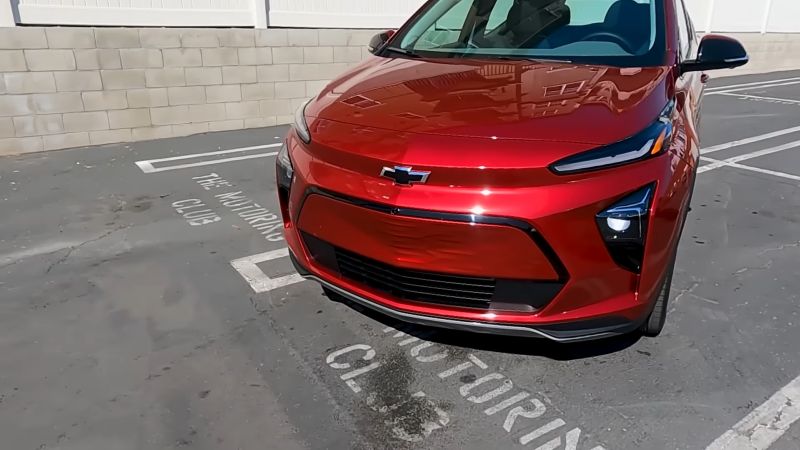
While more and more automakers are entering the electric vehicle market, the number of different models available today is still relatively small compared to gasoline cars. This means that buyers have fewer options to choose from, especially when it comes to certain types of vehicles like trucks and large SUVs.
In addition, the design and features of these cars are often geared towards efficiency to maximize range. This can lead to compromises in other areas, such as interior space, comfort, and performance. For example, some of them feature minimalist interiors and less comfortable seats to save weight and increase range.
The limited model options and potential compromises mean that finding an electric car that fits a buyer’s specific needs and preferences can be more challenging. However, as technology advances and more automakers join the electric revolution, the variety of these models is expected to increase.
6. Battery Production and Disposal
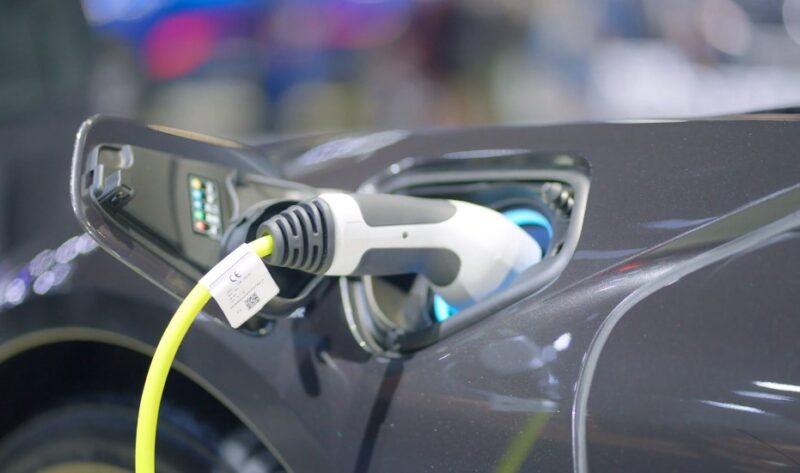
The production of electric car batteries is energy-intensive and has a significant environmental impact. It involves the mining of raw materials like lithium, cobalt, and nickel, which can lead to habitat destruction, soil and water pollution, and human rights issues in some regions.
Moreover, the disposal of used electric car batteries poses another set of challenges. While these batteries can often be recycled, the process is complex and not yet widely available. If not properly disposed of, used batteries can pose environmental hazards due to the toxic materials they contain.
It’s worth noting that the environmental impact of battery production and disposal needs to be weighed against the benefits of electric cars, such as reduced emissions during operation. However, these are important issues that need to be addressed to make these cars a truly sustainable transportation option.
7. Energy Source

While electric cars themselves produce no tailpipe emissions, the electricity used to charge them often comes from fossil fuels, especially in regions where coal or natural gas is the dominant source of power. This means that the environmental impact of driving an electric vehicle can vary significantly depending on the energy mix in a given region.
In areas where a large portion of electricity comes from renewable sources, driving this type of vehicle can be much cleaner than driving a gasoline car. However, in areas heavily reliant on coal, the benefits may be less clear-cut.
This is an important consideration for potential buyers and policymakers alike. It’s also worth noting that the electricity grid in many areas may not be prepared to handle a significant increase in demand from electric cars. This could lead to increased reliance on fossil fuels, at least in the short term, and require significant investments in grid infrastructure.
8. Maintenance and Repairs
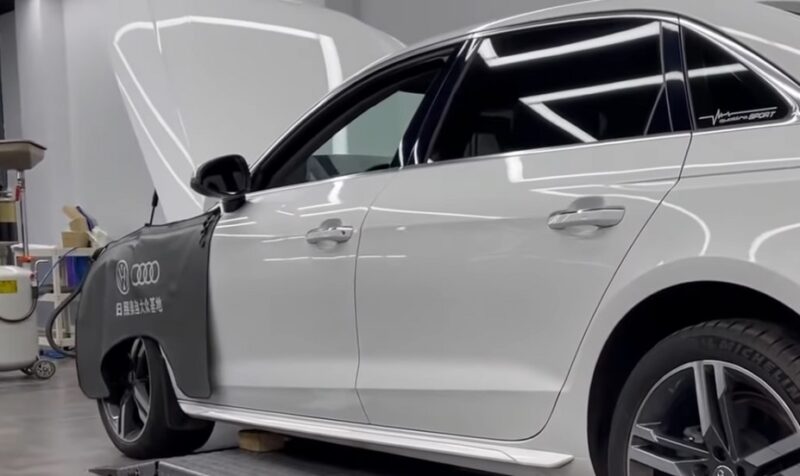
Electric cars generally require less maintenance than gasoline cars, as they have fewer moving parts and don’t require oil changes. However, when repairs are needed, they can be more expensive. This is partly because these cars are still less common, which means that there are fewer mechanics trained to work on them and parts can be harder to come by.
Also, the battery, which is the most expensive part of an electric car, can degrade over time and may eventually need to be replaced. While most manufacturers offer lengthy warranties on their batteries, a replacement outside of warranty can be a significant expense.
Although these cars are generally very reliable, they are not immune to issues. For example, there have been reports of problems with some electric cars’ high-tech features, such as touchscreens and advanced driver-assistance systems.
9. Weight and Performance
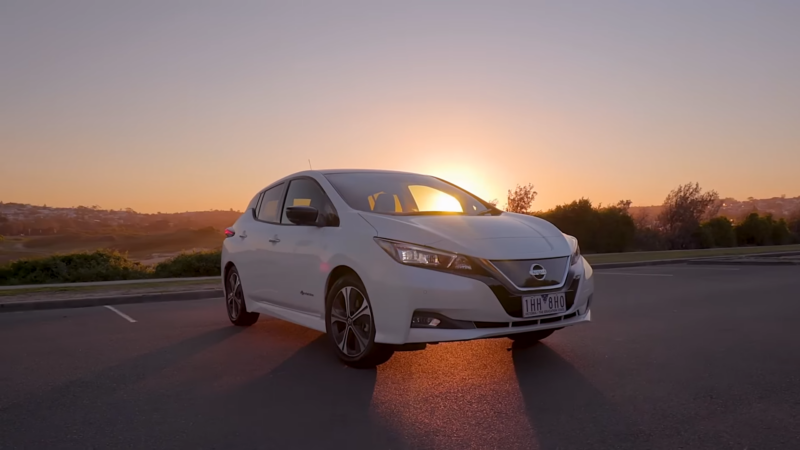
Electric cars are often heavier than comparable gasoline cars, primarily due to the weight of the batteries. This extra weight can affect the car’s performance and handling, although many of them are designed to distribute the weight evenly to mitigate these effects.
In terms of acceleration, many electric cars can hold their own against gasoline cars, thanks to the instant torque provided by electric motors. However, at high speeds, some of them may not perform as well as their gasoline counterparts.
Their weight can lead to increased tire and brake wear, potentially leading to higher maintenance costs. However, many electric cars feature regenerative braking, which can reduce brake wear.
10. Impact on the Power Grid
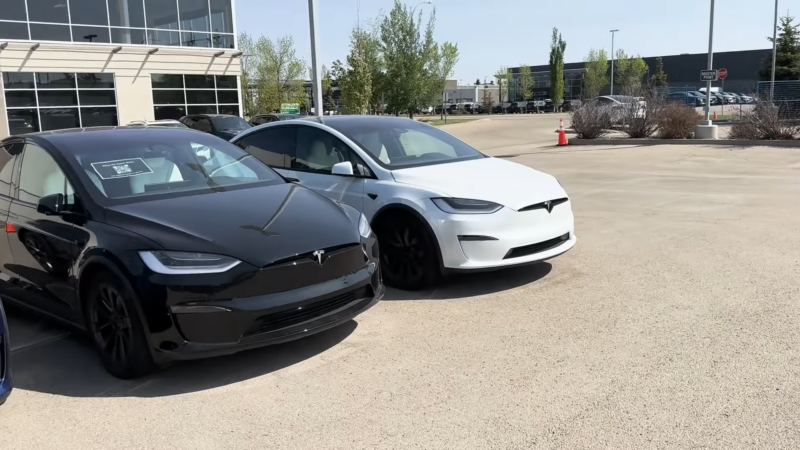
The widespread adoption of electric cars could put a significant strain on the power grid. Charging an electric vehicle requires a substantial amount of electricity, and if many people charge their cars at the same time, such as when they get home from work, it could lead to peak demand issues.
Upgrading the power grid to handle this increased demand could be a significant undertaking, requiring substantial investments in infrastructure. There are also concerns about the environmental impact of generating the additional electricity needed, especially in regions where a large portion of electricity comes from fossil fuels.
However, there are potential solutions to these issues, such as smart charging, which involves charging cars when demand is low, and vehicle-to-grid technology, which allows these cars to feed electricity back into the grid during peak times.
Future Technological Advancements
While we have focused on the potential drawbacks of these vehicles, it’s important to note that many of these issues are likely to be addressed as technology advances. Battery technology is improving rapidly, with new developments promising longer range, faster charging, and lower costs.
Similarly, the charging infrastructure is expected to continue expanding, making it easier and more convenient to own an electric car. Advances in renewable energy and grid technology could also help mitigate the environmental impact of charging electric cars.
Moreover, as more automakers enter the electric vehicle market, consumers can expect a wider range of models to choose from, catering to a variety of needs and preferences. These advancements could make electric cars an increasingly viable option for a growing number of people.
FAQs:
Are EVs suitable for all climates?
While EVs can be affected by extreme temperatures, which can impact battery performance and range, they can be used in a wide range of climates.
Can quick charging damage the battery?
While frequent use of quick charging can potentially shorten the lifespan of the battery, occasional use is generally not a problem.
Is it true that even if you burn coal to create the electricity to power EVs, that’s still less CO2 than is released by burning gasoline?
Yes, this is due to the efficiency of EVs. Even if coal is used to generate the electricity, the overall CO2 emissions are still less than those from burning gasoline in ICE vehicles.
How long does it take for the pollution equation to even out between EVs and ICE vehicles?
According to The New York Times, the pollution equation evens out between 1.4 to 1.9 years, depending on the type of vehicle.
Are EVs fun to drive?
Many people find these cars fun to drive due to their quick acceleration and smooth, quiet operation.
Conclusion
While electric cars offer many benefits, they also come with their own set of challenges and potential drawbacks. From limited range and charging infrastructure to higher upfront costs and concerns about battery production and disposal, these issues need to be carefully considered by potential buyers and policymakers alike.
With ongoing research and innovation, many of the current drawbacks of these cars are likely to be addressed, making them an increasingly sustainable and accessible option for personal transportation.
Ultimately, the decision to switch to an electric car should be based on a balanced consideration of the pros and cons, taking into account individual needs and circumstances as well as the broader environmental and societal implications.
